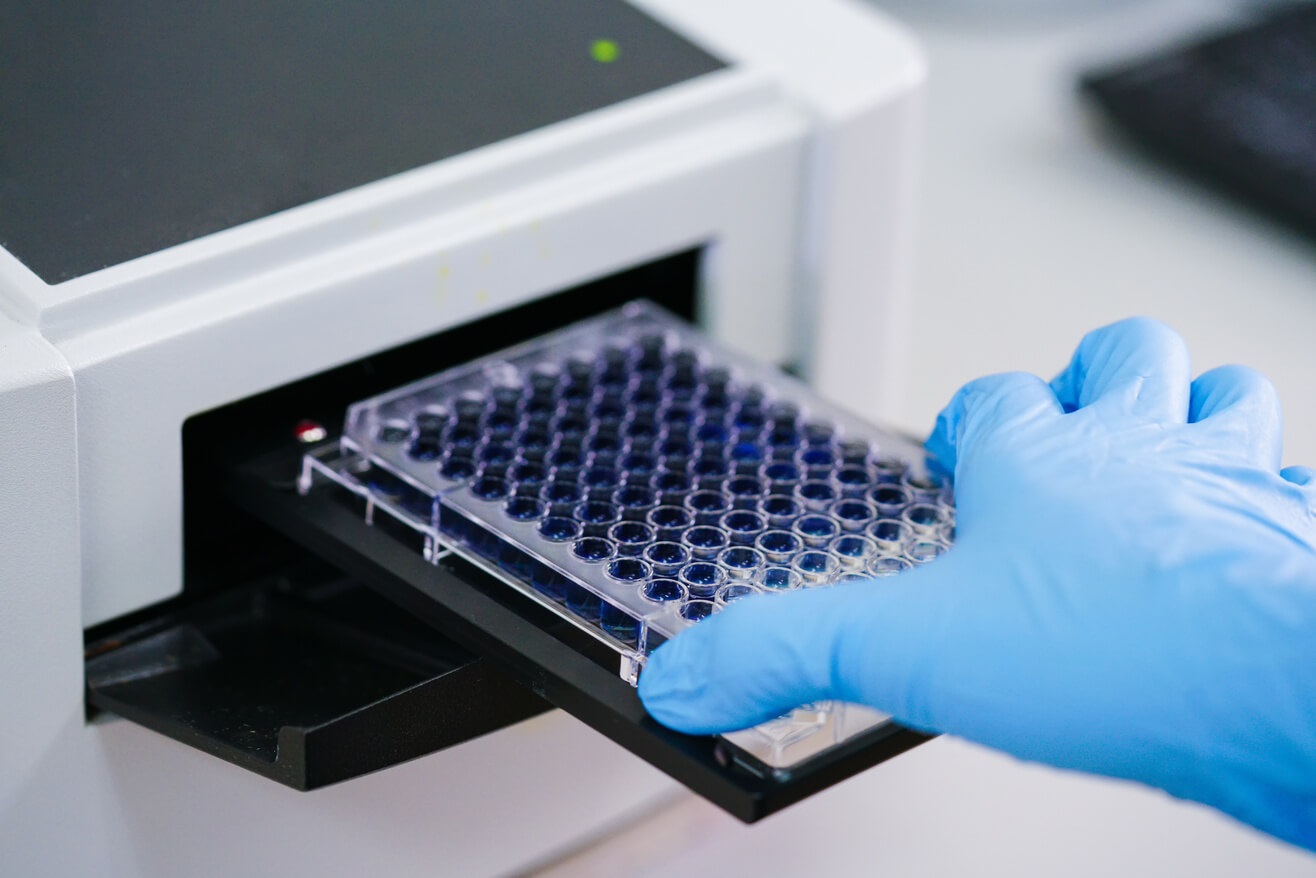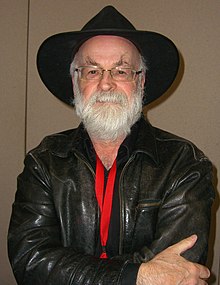- 0
The Selection Of Antibody-Drug Conjugates
Antibody-conjugated drugs have achieved complementary antibody-based immunotherapy and chemotherapy chemotherapeutics that broaden the therapeutic scope of the drug while demonstrating a high degree of selectivity for targets. The overall structure of an antibody-drug conjugate is more complex and can be broken down into three distinct structural modules: antibody, cytostatic, and linker. You can visit some sites to learn more about custom antibody assistant via various online sources.

More than 100 years ago, German immunologist Paul Ehrlich first proposed the "coin clone" theory for monoclonal antibodies, that is, targeted cancer cell therapy through the specific binding of monoclonal antibodies to antigens.
With the maturation of genetically modified antibody preparations and the advent of new chemical ligation technologies, the concept of antibody-drug conjugates has become a reality.
Connector options
The linker helps bind the antibody and chemical drug, which directly affects the ADC pharmacokinetics, index and therapeutic effect.
The drug-antibody-binding conjugate must have the following properties: Stability without releasing the cytotoxic molecule of the drug before reaching a predetermined target, resulting in non-target toxicity. If the target site is endogenous, drug molecules can be released quickly and efficiently.
The drug-antibody ratio (DAR) is an important indicator when selecting a linker, which relates to the number of drug molecules that can be transferred per unit of antibody. If there is too little drug in the antibody, it affects the overall effect.
And when the antibody molecule is overloaded, it destabilizes the ADC and changes its pharmacokinetic parameters, which is likely to increase the plasma clearance rate, shorten the half-life and increase systemic drug toxicity.
